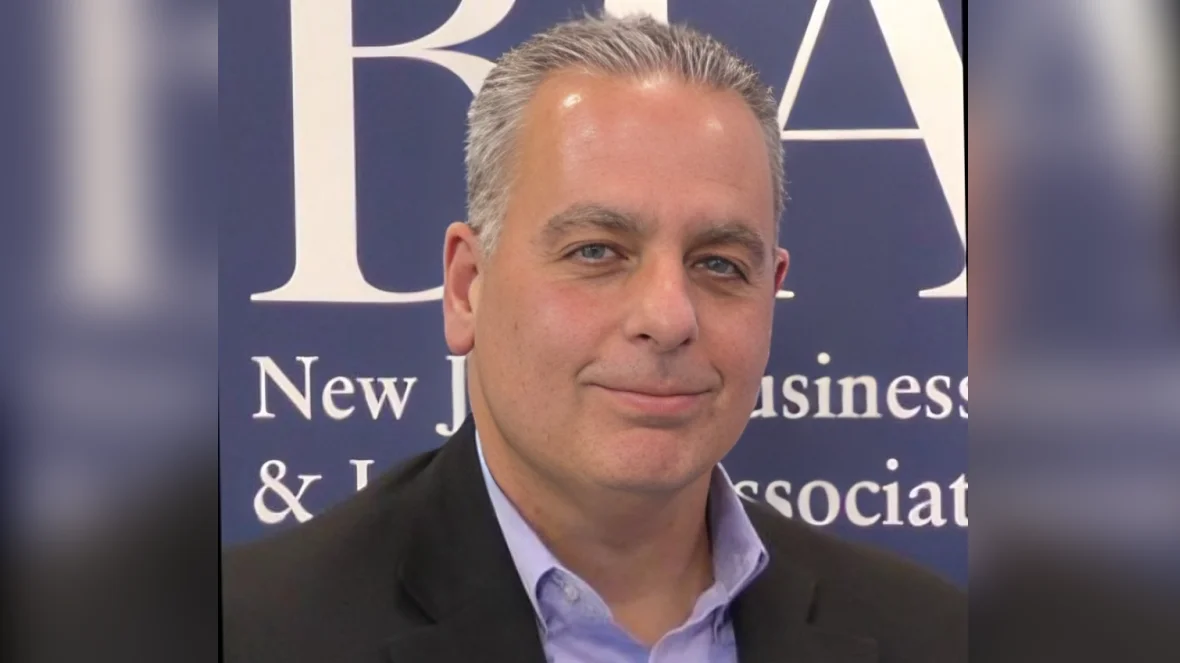
At the start of the 2023-24 academic year, there were 37.6 million working-age adults in the United States with some college credits but no credential, marking a 2.2% increase from the previous year, according to a report released by the National Student Clearinghouse Research Center.
The "Some College No Credential" (SCNC) population has risen across all 50 states over the past three years. In New Jersey alone, there are now 757,282 adults under age 65 who attended college, university or vocational school but left before earning a degree or certificate. The Clearinghouse defines an SCNC as someone who has been unenrolled for at least three terms.
In a positive development, the report also highlighted that the national re-enrollment rate of SCNC adults increased by 2.7% during the 2023-2024 school year. In New Jersey, 17,412 SCNC adults resumed their post-secondary studies, resulting in a re-enrollment rate of 2.5%. This figure represents a 7.4% rise from New Jersey's re-enrollment rate in the previous academic year.
This encouraging trend was observed in most states nationwide. Over one million "stopped-out students," defined as those who temporarily leave post-secondary education with plans to return, re-enrolled during this period.
Most states and Washington D.C experienced an increase in stopped-out student re-enrollment rates ranging from a modest 0.7% rise in Washington D.C to a significant jump of 35.2% in Massachusetts, according to data from the Clearinghouse. However, eight states reported declines in re-enrollment rates ranging from -0.2% in Wyoming and Louisiana to -13.8% in Oklahoma.
Nationally, the proportion of re-enrollees obtaining credentials within their first year back increased to 4.7%. In New Jersey specifically, this first-year credential earning rate for returning students reached 4.4%, marking a notable increase of 15.4% compared to last year's figures.
Despite national college completion rates reaching their highest point in twelve years, significant disparities remain based on factors like enrollment intensity and student demographics as noted by the report. Addressing these gaps should begin before students pause or discontinue their postsecondary education.
The Clearinghouse emphasized that successful re-engagement is often achieved with SCNC individuals who have recent enrollment histories.